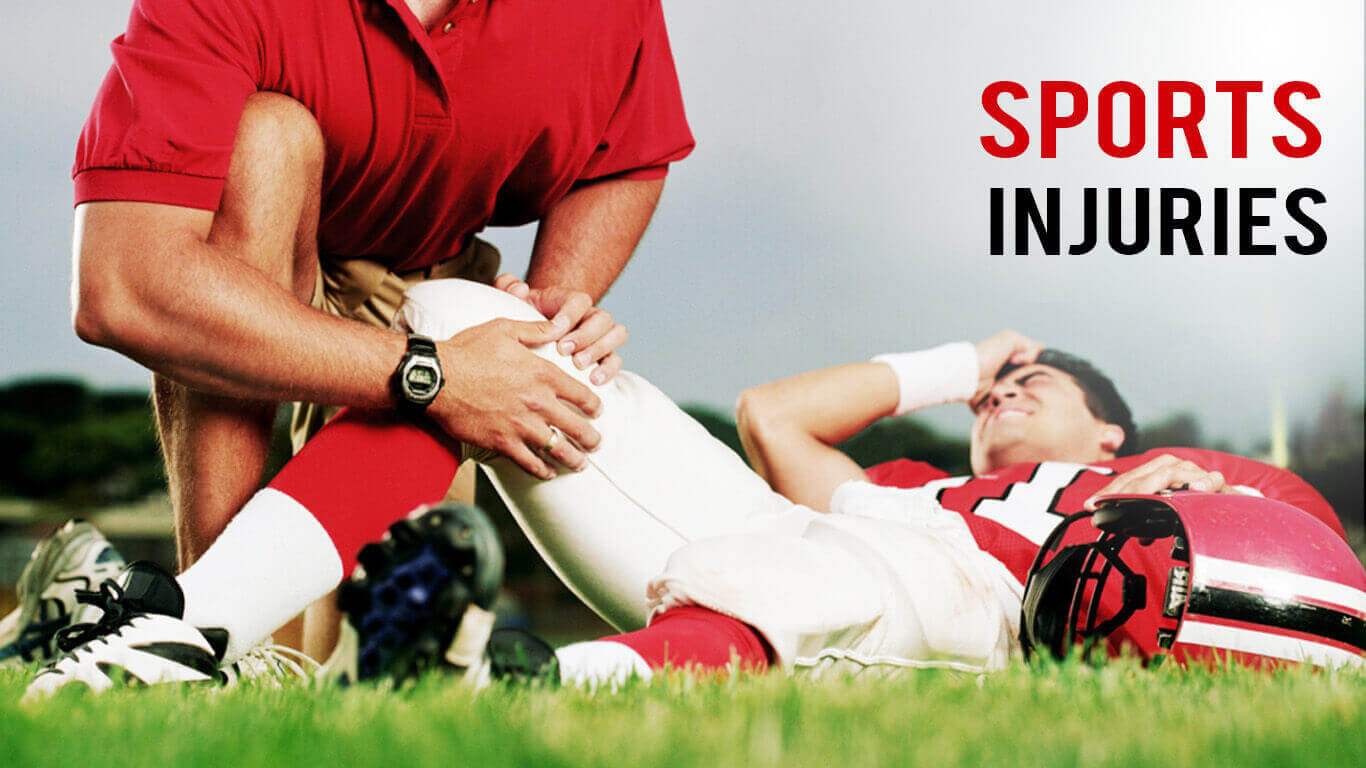
INJURY in any form is the commonest outcome of any good games played around the world along with winners and losers. In order to heal this wear and tear apart from the conventional line of medication, homoeopathic medications is a wonderful option. as it delivers miraculous results.
Despite the potential seriousness and long-term effects of some sports injuries, there are few homoeopathic medicinal ways of helping the healing process. Apart from analgesics to control pain, and non-steroidal anti-inflammatory drugs to reduce inflammation.
Generally Prescribed medicines over-the-counter are painkillers and NSAIDs may be effective, but their use is limited and there may be side effects. They may also include banned substances which could lead to an athlete’s exclusion from a sport. To neglect the treatment of the whole person – by concentrating exclusively on the physical healing of the pathology – will allow all the problems generated by injury to continue to plague the individual and affect his or her future performance. Such a regime will almost certainly ensure that the performer or athlete will suffer the long-term effects of the injury or injuries more severely in later life – injury predisposes to further injury generally used drugs NSAIDs may counter inflammation.
Their use for longer than about 72 hours may delay healing in a traumatic injury. An athlete or dancer should only use them with care, and should not do so to permit continued performance by simply masking pain and inflammation – take them with great care. The most common side effects are gastric bleeding and asthma, and they can also induce an asthma attack in sensitive individuals. They are contra-indicated for patients taking medication for heart disease, ulcers, hypertension and kidney problems. Little information is available about the long-term damage they may cause to the organism.
Hence No athlete or performer should take NSAIDs to mask pain in order to continue playing or performing, regardless of the importance of the occasion. A performer may sometimes use corticosteroids to suppress pain and continue performing. Their effect is to suppress the acute inflammatory reaction and to reduce the phagocytic reaction of polymorphs and macrophages. The most serious effect of such treatment is to delay healing and decrease the bulk and strength of scar tissue. They are sometimes useful in the treatment of chronic inflammatory conditions, such as recurring tennis elbow and other conditions where a palpable knot of scar tissue may be tender.
Tenosynovitis, peritendinitis, bursitis and synovitis, as well as other inflammatory conditions causing pain and impaired function, may also respond well to well indicated or selected homoeopathic medicines. There is no published research showing the long-term effects of available anti-inflammatory drugs, and I suggest they should only be used with caution. The level of pain can indicate the seriousness of an injury and the altered state of the individual. Never ignore it or play, run, work or dance through it. Sports physicians are easily accessible and can provide a skilled diagnosis.
Physiotherapy is the most effective treatment for injuries sustained by physical performers. From the immediate application of RICE (Rest, Ice, Compression and Elevation) to exercises promoting rehabilitation, and including all the thermal and electrical techniques, the physiotherapist or osteopath are almost the only resources for the injured athlete. Although the physical relief of pain, easing of stiffness, reduction of swelling and haematoma, and mobilisation by manipulation or other means, all go a long way towards speedy and effective healing, they often leave the deeper effects of the injury untreated.
Rehabilitation plays an important part in recovery but is often cut short or neglected because of the urge to return to activity. Because homoeopathic medicine treats the whole person it often ensures more complete and speedier healing, and thus a quicker return to activity. The patient, not the pathology Look at the patient as a whole. Observe the way the person feels and responds to the injury, as well as to you.
You will also need to ask a few questions, and use your powers of observation on the person and not just the injury. Whenever I see a patient who has suffered an injury, the site of that injury may be secondary to its effects. Whether it is an injured ankle, broken leg, torn muscle or concussion, my first few questions usually decide the first remedy. If the injury was the result of trauma, whether due to a blow, twisting, stretching or friction, if there is a haematoma, swelling and bleeding, and if the injury is very sore and painful, the person feels bruised all over and says he feels fine, Arnica can help and bring about good results.
I am often asked to prescribe for people with an acute condition. Regardless of the location of the injury, my first few questions are about the pain, when it occurs and whether it is improved or exacerbated by continued movement. At the same time, I observe how the patient seems as a person – posture, general demeanour, hot or cold, restless, fearful, nervous, afraid to be touched or treated, and as many of the obvious symptoms as possible. The symptoms decide the remedy.
so this is how a well indicated homoeopathic medicine cures the case of injury completely. it is one of the best medicines for sports injury without any side effects on the health of an athlete.



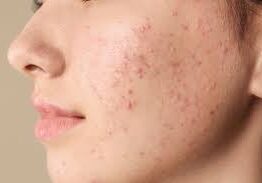
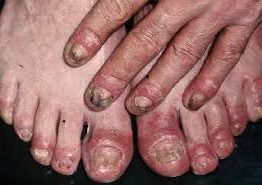
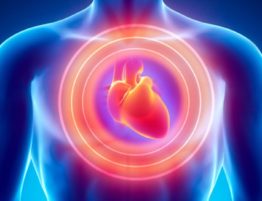
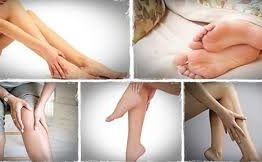
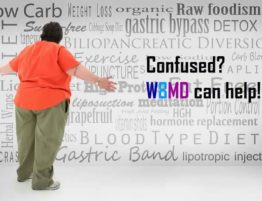
Write a comment: